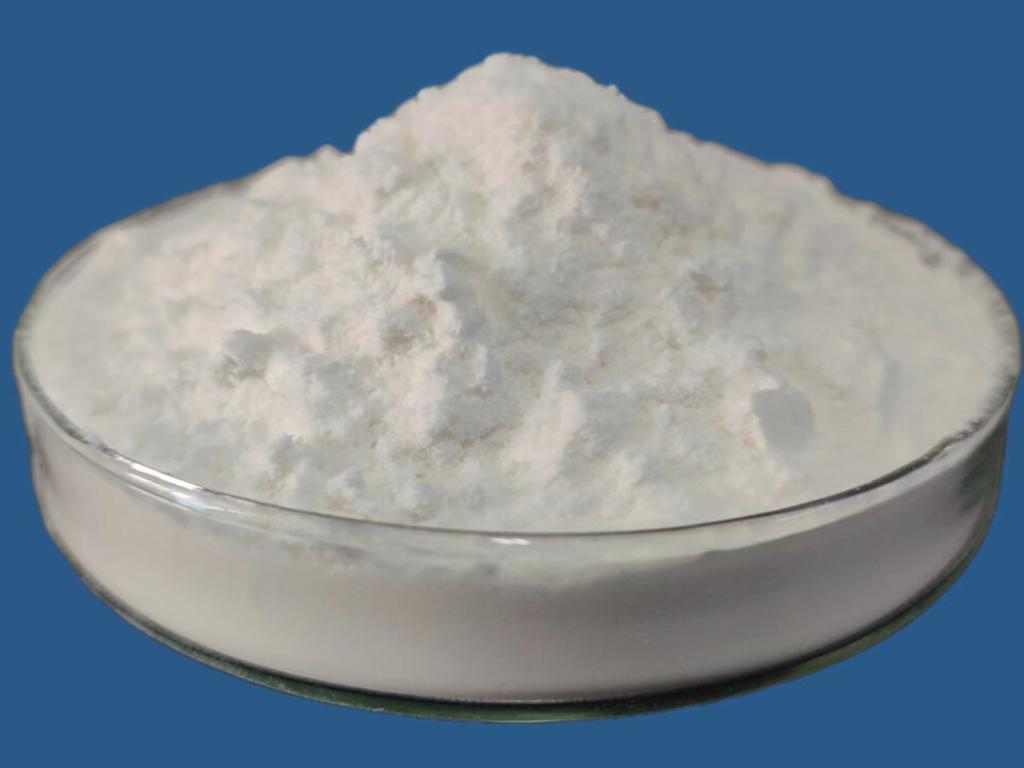Tel:+8618231198596

News
 CONTACT
CONTACT
 CONTACT
CONTACT
- Linkman:Linda Yao
- Tel: +8618231198596
- Email:linda.yao@dcpharma.cn
- Linkman:CHARLES.WANG
- Department:Overseas
- Tel: 0086 0311-85537378 0086 0311-85539701
News
The antimicrobial activity of ε-Polylysine hydrochloride target.
TIME:2024-04-11
Understanding ε-Polylysine Hydrochloride's Antimicrobial Activity
ε-Polylysine hydrochloride is a cationic polypeptide composed of multiple lysine residues linked by peptide bonds. Its unique structure and charge distribution enable it to interact with microbial cell membranes, disrupting their integrity and leading to cell death. This antimicrobial activity extends to a wide range of bacteria, including Gram-positive and Gram-negative pathogens, as well as yeasts and molds commonly associated with food spoilage.
Mechanism of Action Against Foodborne Pathogens
The antimicrobial mechanism of ε-polylysine hydrochloride involves multiple steps that target various aspects of microbial physiology. Upon contact with bacterial cells, ε-polylysine hydrochloride binds to the negatively charged components of the cell membrane, such as lipopolysaccharides and teichoic acids. This interaction disrupts the structural integrity of the membrane, leading to increased permeability and leakage of cellular contents.
Furthermore, ε-polylysine hydrochloride can penetrate the cytoplasmic membrane of bacterial cells, interfering with essential metabolic processes and inhibiting protein synthesis. This disruption of cellular homeostasis ultimately results in cell death, thereby inhibiting the growth and proliferation of foodborne pathogens.
Applications in Food Preservation
The antimicrobial properties of ε-polylysine hydrochloride make it an invaluable tool in food preservation, where it can help extend the shelf life and safety of various food products. In the meat and poultry industry, ε-polylysine hydrochloride is used to inhibit the growth of bacteria such as Salmonella, Escherichia coli, and Listeria monocytogenes, thereby reducing the risk of contamination and foodborne illness.
Similarly, in the dairy industry, ε-polylysine hydrochloride helps control the growth of spoilage organisms and pathogens in milk, cheese, and yogurt, ensuring product safety and quality. Its compatibility with a wide range of food matrices makes it suitable for use in diverse applications, including processed foods, beverages, and ready-to-eat meals.
Regulatory Considerations
The regulatory status of ε-polylysine hydrochloride varies depending on the country and intended use. In many jurisdictions, it is recognized as a safe food additive, with established maximum residue limits (MRLs) and usage levels. Regulatory bodies such as the Food and Drug Administration (FDA) in the United States and the European Food Safety Authority (EFSA) in the European Union have evaluated the safety of ε-polylysine hydrochloride and established guidelines for its use in food products.
However, it is essential for food manufacturers to adhere to regulatory requirements and ensure compliance with applicable standards and labeling regulations. This includes accurate labeling of ε-polylysine hydrochloride in ingredient lists and adherence to permitted usage levels to ensure consumer safety.
Implications for Public Health
The use of ε-polylysine hydrochloride in food preservation has significant implications for public health. By inhibiting the growth of foodborne pathogens, ε-polylysine hydrochloride helps reduce the risk of foodborne illnesses and outbreaks, thereby safeguarding consumer health and well-being.
Moreover, ε-polylysine hydrochloride contributes to the overall safety and integrity of the food supply chain, from production to consumption. Its effectiveness in controlling microbial growth helps prevent contamination and spoilage at various stages of food processing and distribution, ensuring that consumers receive safe and high-quality food products.
Future Directions and Conclusion
As the global food industry continues to evolve, the role of ε-polylysine hydrochloride in enhancing food safety will become increasingly important. Future research and development efforts may focus on optimizing the formulation and application of ε-polylysine hydrochloride to maximize its efficacy and compatibility with different food matrices.
Furthermore, advancements in microbial control strategies and processing technologies may further expand the utility of ε-polylysine hydrochloride in food preservation and safety. By harnessing the antimicrobial properties of ε-polylysine hydrochloride, food producers can continue to innovate and develop sustainable solutions that protect public health and ensure the safety of the food supply.
- Tel:+8618231198596
- Whatsapp:18231198596
- Chat With Skype







